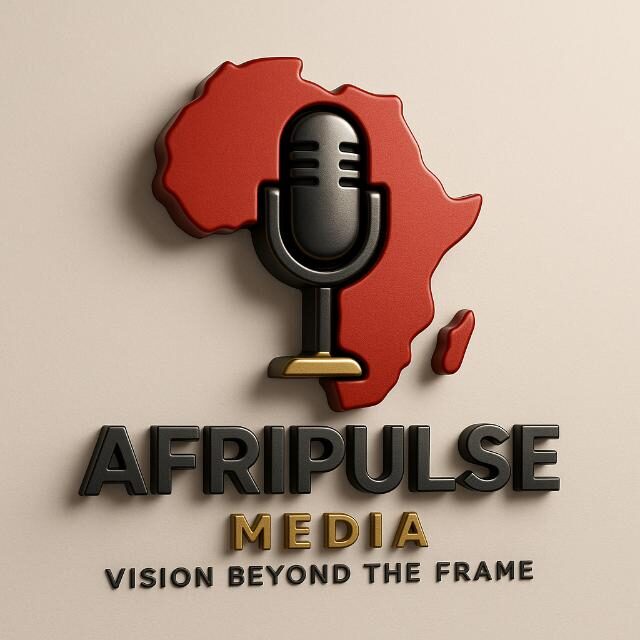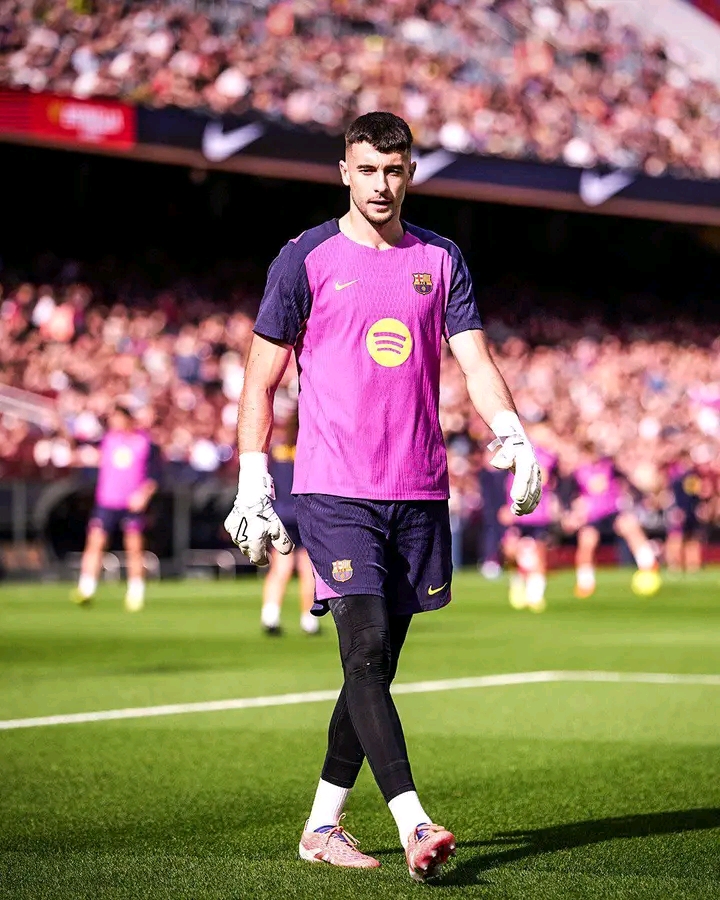
er presidential hopefuls, Biya has chosen to refrain from holding campaign rallies or making public appearances, a strategy that has characterized his leadership style in recent years. Since announcing his candidacy in July 2025 through a written statement, the president has not addressed supporters directly nor appeared in televised events. Instead, his campaign has been managed by loyal surrogates, regional party barons, and senior ministers who travel across the country organizing rallies in his name. These events prominently feature large portraits of Biya, banners bearing his image, and recorded messages emphasizing stability, peace, and continuity. Observers describe this approach as a “campaign by proxy,” reflecting both his cautious health management and confidence in his entrenched political network.
The 2025 election landscape presents several contenders, though none appear capable of mounting a serious challenge to Biya’s dominance. Cabral Libii of the Cameroon Party for National Reconciliation (PCRN), Joshua Osih of the Social Democratic Front (SDF), and independent figures like Serge Espoir Matomba have embarked on nationwide campaigns promising reform, youth inclusion, and better governance. However, the opposition remains fragmented and weakened, particularly after the rejection of Maurice Kamto’s candidacy by the electoral commission—an exclusion that many believe has tilted the political playing field heavily in favor of the incumbent. Kamto, leader of the Cameroon Renaissance Movement (MRC), had been Biya’s most vocal challenger in the 2018 election, which he claimed was rigged. His absence this year has left many opposition supporters disillusioned and skeptical of a fair contest.
Despite questions surrounding his fitness and advanced age, Biya’s grip on power remains firm. The CPDM’s vast resources, control over state institutions, and deep ties within the security and administrative apparatus make him the overwhelming favorite to retain the presidency. Supporters hail him as a symbol of stability, crediting him with maintaining national unity amid separatist unrest in the Anglophone regions and persistent threats from Boko Haram insurgents in the Far North. They argue that Biya’s experience and diplomatic acumen have positioned Cameroon as a steady regional player despite global and domestic pressures.
Conversely, critics accuse him of entrenching authoritarian rule, suppressing dissent, and presiding over a system that resists generational change. Human rights groups and civil society organizations continue to decry political arrests, media intimidation, and the absence of meaningful democratic reform. Many young Cameroonians, who make up a majority of the population, have expressed frustration at what they perceive as a stagnant political order dominated by an aging elite.
As the October 2025 election approaches, Biya’s “silent campaign”—anchored on his legacy, symbolism, and state machinery—appears strategically designed to project control and avoid controversy. While few doubt his chances of victory, growing uncertainty surrounds what another term under a nonagenarian president might mean for Cameroon’s political future. For many citizens, the election has become less about competition and more about the country’s readiness to confront the realities of leadership transition in an era demanding renewal and inclusivity. Whether Paul Biya’s enduring rule will usher in continued stability or deepen political fatigue remains one of Central Africa’s most defining questions in 2025.

